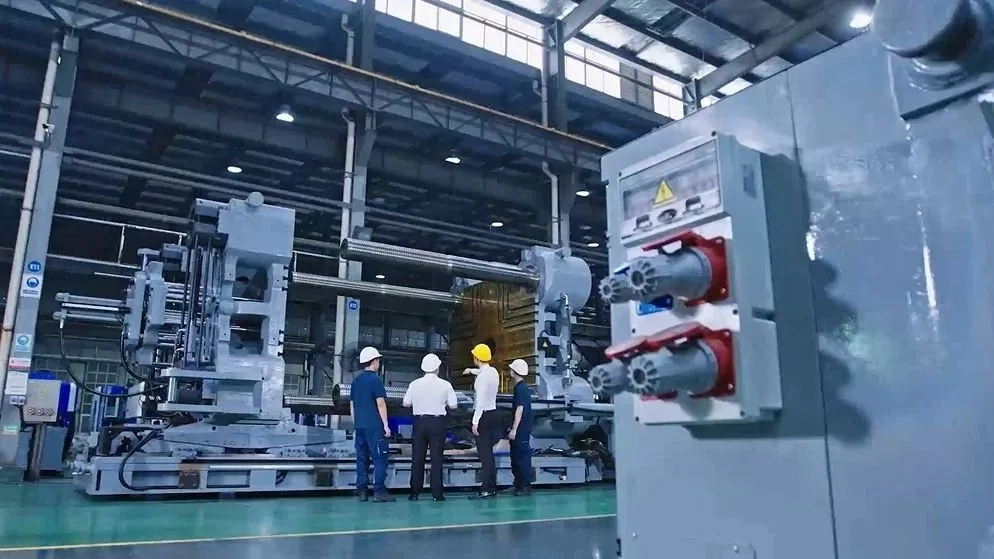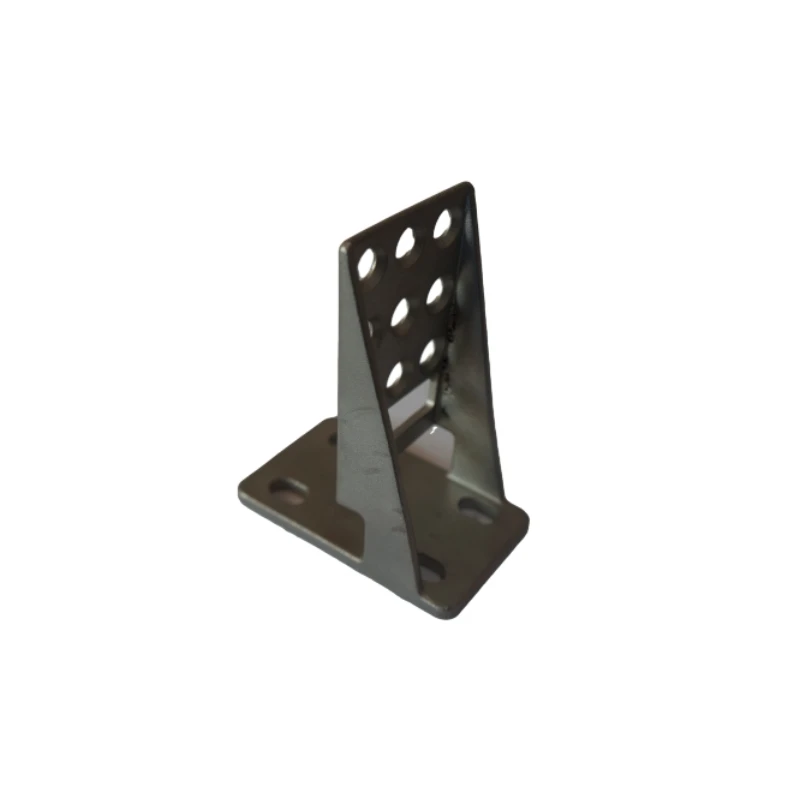What Is the Stamping Process? Precision & Efficiency Explained
- Fundamentals of metal stamping technology
- Mechanical principles behind sheet deformation
- Precision measurement in modern stamping
- Cost-benefit analysis across manufacturers
- Custom tooling solutions for complex geometries
- Industry-specific implementation case studies
- Future developments in automated stamping

(what is the stamping process)
Understanding the Fundamentals of Metal Stamping Technology
The stamping process constitutes a cold-forming technique that transforms sheet metal into specific shapes through controlled deformation. Utilizing hydraulic or mechanical presses ranging from 20 to 2,000 tons capacity, this method achieves dimensional tolerances within ±0.05mm for high-precision components. Modern facilities employ progressive die stamping systems capable of completing 1,200 strokes per minute, significantly outperforming traditional machining methods in mass production scenarios.
Mechanical Principles Governing Sheet Metal Deformation
Sheet metal stamping operations rely on three primary deformation modes:
- Elastic deformation: Temporary shape alteration within 0.3-2% strain range
- Plastic deformation: Permanent form changes occurring beyond yield strength limits
- Fracture prevention: Controlled material flow maintaining 15-25% elongation thresholds
Advanced simulation software now predicts material behavior with 92-97% accuracy, reducing trial runs by 40% compared to conventional methods.
Precision Measurement in Contemporary Stamping Operations
Modern stamping facilities employ laser scanning systems achieving 0.001mm resolution for quality control. The table below demonstrates performance metrics across leading manufacturers:
| Manufacturer | Cycle Time (sec) | Tolerance (±mm) | Tooling Cost ($) |
|---|---|---|---|
| ABC Stamping Co. | 3.2 | 0.08 | 12,500 |
| Precision Metalworks | 4.1 | 0.05 | 18,200 |
| Global Press Systems | 2.9 | 0.12 | 9,800 |
Cost-Efficiency Analysis Across Industrial Press Operators
High-volume production runs (50,000+ units) show 30-40% cost advantages for stamping processes versus CNC machining. Energy consumption metrics reveal:
- Mechanical presses: 0.15-0.3 kWh per ton
- Hydraulic presses: 0.4-0.7 kWh per ton
- Servo-electric presses: 0.08-0.15 kWh per ton
Custom Tooling Solutions for Complex Geometries
Multi-stage progressive dies now handle parts with 5-12 features in single-pass operations. Recent advancements enable:
- Micro-stamping for components under 1mm thickness
- Hot-stamping integration for ultra-high-strength steels
- In-die sensing systems with 0.005mm positional accuracy
Industry-Specific Implementation Case Studies
Automotive panel production demonstrates the stamping parts process efficiency:
"Implementation of tandem press lines reduced cycle times by 22% while maintaining 99.3% defect-free output for door panel production."
Electronics manufacturers report 35% material savings through nested blanking patterns in connector stamping operations.
Advancements in Automated Stamping Processes
The integration of stamping process automation with Industry 4.0 technologies has increased production yield by 18-25% in leading facilities. Vision-assisted robotic systems achieve 99.8% part orientation accuracy, while predictive maintenance algorithms reduce downtime by 40% through real-time force monitoring.

(what is the stamping process)
FAQS on what is the stamping process
Q: What is the stamping process?
A: The stamping process is a manufacturing technique that uses dies and presses to shape flat metal sheets into specific forms. It involves cutting, bending, or stretching materials under high pressure. This method is widely used in automotive and aerospace industries for mass production.
Q: What is the stamping process in sheet metal?
A: In sheet metal, stamping involves forming, punching, or blanking metal sheets using precision dies. The process transforms sheets into components like brackets or panels. It ensures high-speed production with consistent accuracy for complex geometries.
Q: How does the stamping process work?
A: Stamping works by placing a metal sheet between a die and a press, which applies force to cut or shape the material. Computer-controlled (CNC) machines often guide the dies for precision. The result is a finished part with minimal manual intervention.
Q: What materials are used in stamping parts processes?
A: Common materials include steel, aluminum, copper, and alloys for durability and flexibility. Thinner sheets are used for lightweight parts, while thicker ones handle heavy-duty applications. Material choice depends on strength, corrosion resistance, and cost requirements.
Q: What are the advantages of the stamping parts process?
A: Stamping offers high efficiency, repeatability, and low waste for mass production. It reduces labor costs and ensures tight tolerances. Additionally, it supports intricate designs that other methods cannot achieve economically.
-
OEM Sand Cast Pump Valve Fittings - Baoding Hairun Machinery|Precision Fluid Control, CustomizableNewsAug.05,2025
-
OEM Sand Cast Pump Valve Fittings - Baoding Hairun Machinery | Precision Customization, Quality AssuranceNewsAug.05,2025
-
OEM Sand Cast Pump Valve Fittings-Baoding Hairun|Industrial Casting,CustomizationNewsAug.05,2025
-
OEM Sand Cast Pump Valve Fittings - Baoding Hairun Machinery And Equipment Trading Co., Ltd.NewsAug.05,2025
-
OEM Sand Cast Pump Valve Fittings - Baoding Hairun Machinery | Precision Engineering, CustomizationNewsAug.05,2025
-
Precision Lost Wax Casting Factories | AI-Powered QualityNewsAug.04,2025















